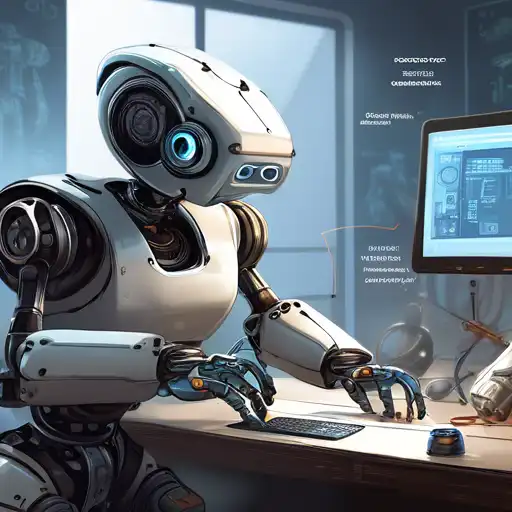Introduction to Robotics Programming
Robotics programming is an exciting field that combines the creativity of design with the precision of programming. Whether you're a hobbyist looking to build your first robot or a professional aiming to automate tasks, understanding the basics of robotics programming is essential. This guide will walk you through the foundational steps to get started in this dynamic field.
Understanding the Basics
Before diving into robotics programming, it's important to grasp the core concepts. Robotics involves the design, construction, operation, and use of robots. Programming these robots allows them to perform tasks autonomously or semi-autonomously. Key areas to focus on include mechanics, electronics, and software development.
Choosing the Right Tools
Selecting the appropriate tools and programming languages is crucial for beginners. Popular choices include:
- Python: Known for its simplicity and readability, Python is a great starting point for beginners.
- C++: Offers more control over hardware, making it ideal for performance-intensive applications.
- ROS (Robot Operating System): A flexible framework for writing robot software.
Additionally, investing in a good quality robotics kit can provide hands-on experience with assembling and programming robots.
Starting Your First Project
Begin with a simple project to apply what you've learned. Ideas include:
- Building a line-following robot
- Creating a basic autonomous vehicle
- Designing a robot arm that can pick and place objects
These projects will help you understand the interplay between hardware and software in robotics.
Learning Resources
There are numerous resources available to deepen your knowledge in robotics programming. Consider:
- Online courses and tutorials
- Books on robotics and programming
- Community forums and workshops
Engaging with the robotics community can also provide valuable insights and feedback on your projects.
Advanced Topics to Explore
Once you're comfortable with the basics, you can explore more advanced topics such as:
- Machine learning and AI in robotics
- Computer vision for object recognition
- Swarm robotics
These areas offer exciting opportunities to push the boundaries of what robots can do.
Conclusion
Robotics programming is a rewarding field that offers endless possibilities for innovation. By starting with the basics, choosing the right tools, and engaging in hands-on projects, you can build a strong foundation in robotics programming. Remember, the key to success is continuous learning and experimentation.
For more information on related topics, check out our guides on Python for Beginners and Getting Started with AI.
